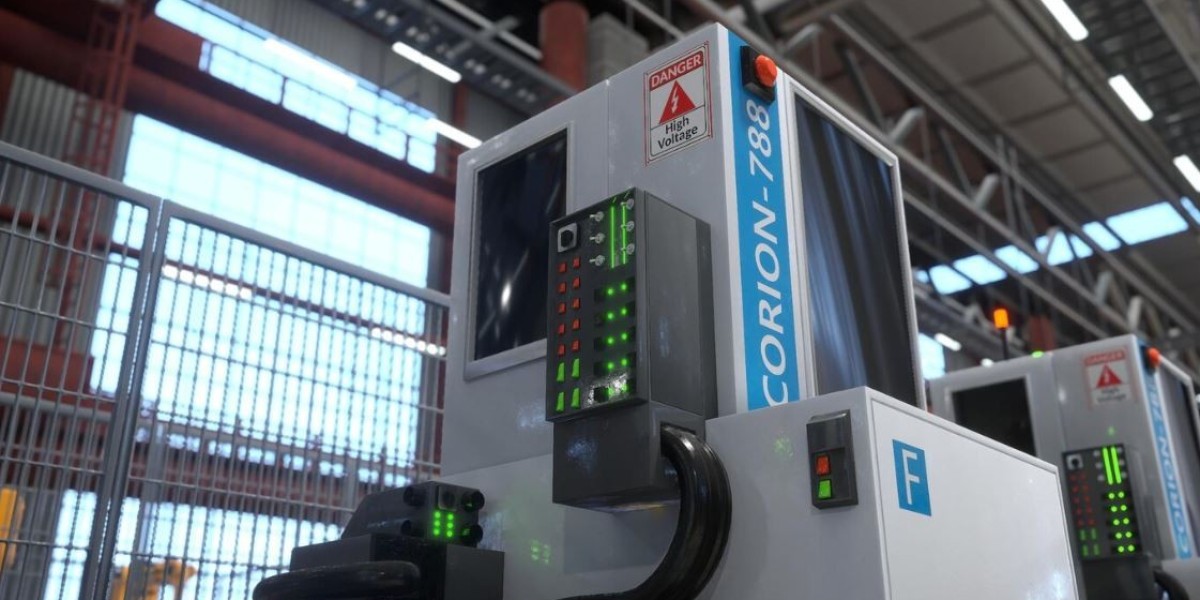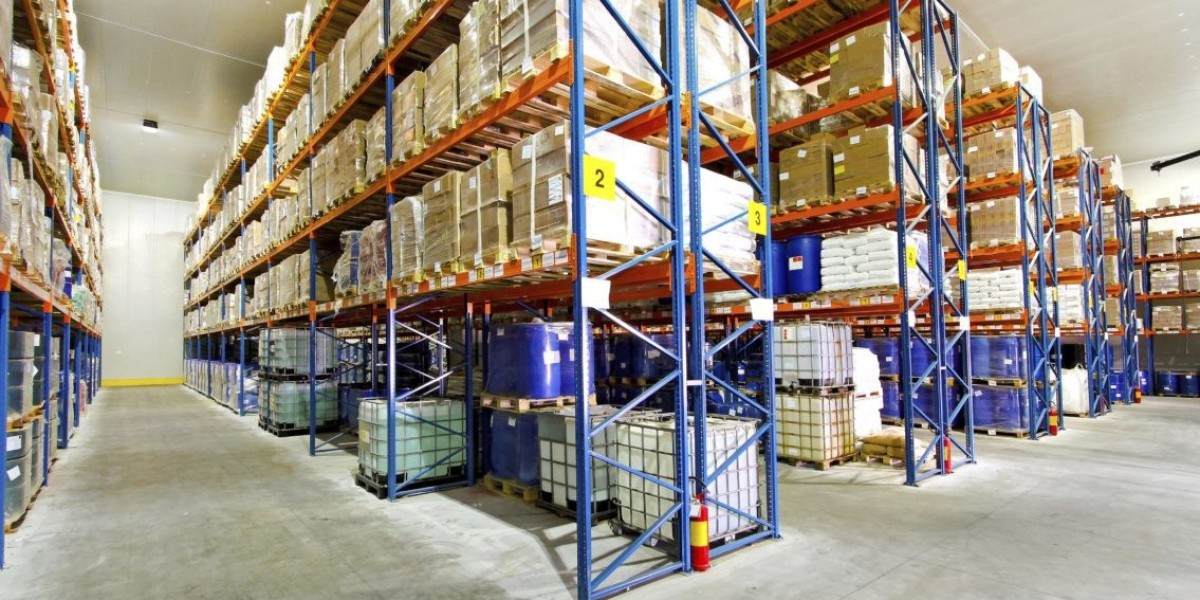Hospitals rely on a continuous power supply to support life-saving equipment, critical medical procedures, and patient care. A well-chosen generator ensures seamless operations during power outages. Here are seven key factors and best practices to consider when selecting a hospital generator:
1. Power Requirements and Load Capacity
Hospitals must assess their total power consumption, including life-support systems, emergency lighting, operating rooms, and HVAC systems. A generator should provide sufficient capacity to handle both essential and non-essential loads. Conduct a load analysis to determine the minimum kW rating needed for uninterrupted hospital functions. Additionally, partnering with companies like DPS Power, which specialize in high-performance generator solutions for medical facilities, can ensure hospitals receive expert guidance on selecting, installing, and maintaining reliable backup power systems tailored to their specific needs.
2. Fuel Type and Efficiency
Generators run on various fuels, such as diesel, natural gas, and bi-fuel options. Diesel generators are preferred for their reliability and high energy output, while natural gas offers cleaner emissions and continuous fuel supply. Choosing the right fuel type depends on availability, cost, storage capacity, and environmental regulations.
3. Compliance with Healthcare Standards
Hospitals must comply with regulations such as NFPA 110, NEC, and Joint Commission standards for emergency power systems. These guidelines dictate fuel storage, maintenance, and system redundancy to ensure reliability in medical facilities. Verify that the generator meets all necessary healthcare industry standards before installation.
4. Automatic Transfer Switch (ATS) and Redundancy
An ATS ensures seamless power transfer from the grid to the generator when an outage occurs. Hospitals should also consider redundant systems (N+1 or N+2 configurations) to prevent failures. This means having backup generators or multiple units to maintain uninterrupted power in case one fails.
5. Runtime and Fuel Storage Capacity
Hospitals need generators that can run for extended periods, especially during prolonged outages. Fuel storage capacity should meet operational needs for at least 96 hours, as recommended by NFPA 110. Additionally, hospitals should have refueling contracts in place for emergencies.
6. Maintenance, Testing, and Monitoring
Regular maintenance and testing are crucial for reliability. Hospitals should conduct monthly load tests, fuel quality checks, and preventive maintenance schedules. Modern generators come with remote monitoring systems that provide real-time performance data, allowing quick troubleshooting.
7. Installation and Location Considerations
Proper installation ensures efficiency and safety. Generators should be placed in well-ventilated, flood-proof areas to prevent water damage. Hospitals should also consider noise levels, emissions control, and accessibility for maintenance when deciding on a location.
Conclusion
Selecting the right hospital generator involves careful evaluation of power needs, compliance, redundancy, and long-term maintenance. By following these seven key factors and best practices, hospitals can ensure continuous and reliable power, safeguarding patient lives and critical operations.









